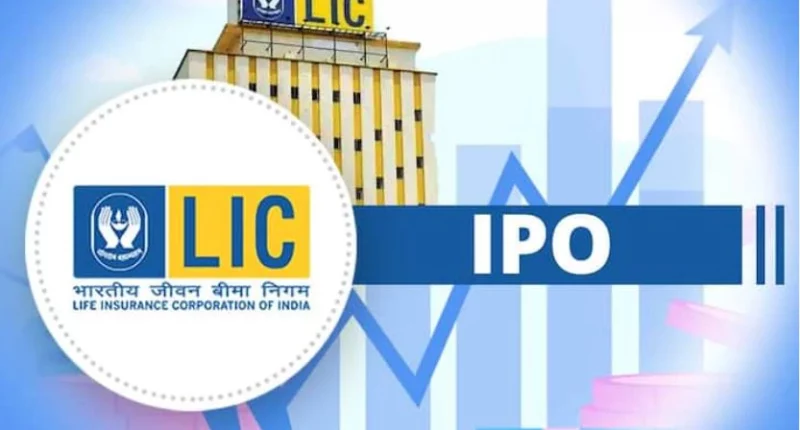India’s biggest Initial Public Offering, the LIC IPO, will hit primary markets on May 04, 2022. The LIC issue of Rs 20,557 Crore will be available for subscription from May 04, 2022, to May 09, 2022, at a price band of Rs 902 to Rs 949 per equity share. The LIC IPO has a lot size of 15 shares. Moreover, LIC Policyholders get a discount of Rs 60 per share and employees, and retail investors get a discount of Rs 45 on the actual offer price. However, should you invest in the LIC IPO?
What is the LIC IPO?
The LIC IPO is an Offer For Sale (OFS) where the government will sell 3.5% of its stake in the company. The government has set a valuation of Rs 6 Lakh Crore for LIC. At this valuation, a 3.5% stake sale will fetch the government around Rs 21,000 Crore.
LIC raised Rs 5,627 Crore from anchor investors on May 02, 2022. Domestic mutual funds subscribed to around 71% of the anchor investors’ portion. LIC will allocate 35% of the total shares in the offer to retail investors. Moreover, LIC has reserved 10% of the equity shares under the policyholder’s quota.
LIC will offer a total of 22.13 crore equity shares in the IPO. It has reserved around Rs 8,500 crore worth of shares for retail investors, employees and policyholders in the IPO. For instance, retail investors are non-professional individual investors who can place a maximum bid of Rs 2 Lakh.
A retail investor who is also a LIC policyholder can apply under both the categories with a limit of Rs 4 Lakh. Moreover, a retail investor who is an existing employee of LIC and a policyholder can apply under all three categories up to a limit of Rs 6 Lakh.
Should you invest in the LIC IPO?
LIC is India’s largest life insurer, with a dominant market share of 61.6% in terms of total premium and 61.4% based on new business premiums for the first nine months of FY 2022. Moreover, it is also the most significant life insurer across parameters such as gross written premium, new business premium, number of individual policies issued and the number of group policies issued.
The LIC IPO is valued at 1.1 times its Embedded Value (EV) as of September 2021, the present value of future profits plus net assets market value. It is a discount of 65% compared to the average valuation of private life insurers. LIC valuations are at Rs 6 Lakh Crore compared to the market expectation of Rs 12-14 Lakh Crore. Moreover, listed peers such as HDFC Life Insurance trades at a Price to Embedded Value of 4.1 times, SBI Life trades at 2.9 times and ICICI Prudential Life Insurance at 2.2 times the Embedded Value.
As LIC is valued at a massive discount compared to listed peers, retail investors may view this opportunity to invest in the LIC IPO. Moreover, it will address concerns about the steadily falling market share of India’s largest life insurer.
LIC is a consistent player in the life insurance space with stable margins and a well-diversified product portfolio. Moreover, LIC will soon focus on growth momentum to regain its market share even as uncertainty around the pandemic raises demand for life insurance.
What are the critical risks of the LIC IPO?
LIC is facing intense competition from private life insurance companies in urban areas. It has lower short-term persistency ratios, which can impact the insurer’s financial condition.
Moreover, the stock markets were volatile after the Russia-Ukraine crisis, and RBI could soon hike interest rates. LIC is losing market share to private life insurers. Moreover, lower revenue growth and profitability and falling Value of New Business (VBN) margins are prime concerns.
Investors who want to invest in the life insurance space for the long term may look at the LIC IPO. Moreover, LIC addresses concerns of falling market share by focusing on up-selling and cross-selling of life insurance products, designing life insurance products for millennials and protection-based products like term life insurance. In a nutshell, you can look at the LIC IPO if you prefer the life insurance space, which could see strong growth in the future.
For any clarifications/feedback on the topic, please contact the writer at cleyon.dsouza@cleartax.in

I write to make complicated financial topics, simple. Writing is my passion and I believe if you find the right words, it’s simple.





